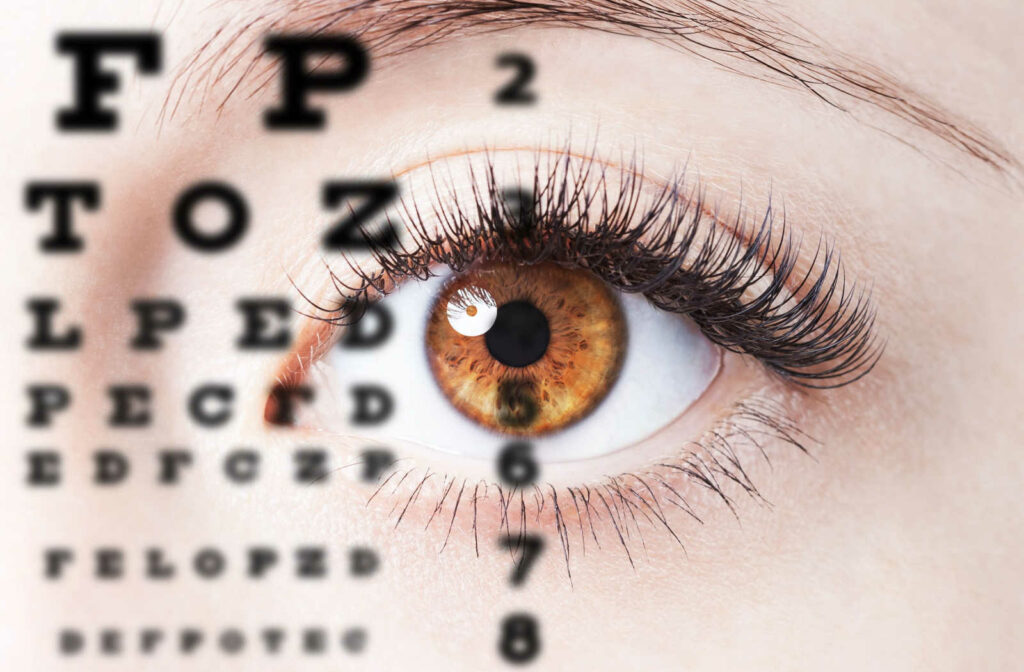Featured
Table of Contents

Normal eye evaluations are necessary for keeping good vision and identifying possible eye health and wellness problems early. However, the frequency of these tests can differ significantly based upon a person's age, way of life, and total wellness. Recognizing the recommended schedule for eye exams can assist make certain that people of any ages get ideal care and surveillance for their eye wellness.
Newborns and Toddlers (0-2 Years)
For infants and toddlers, eye tests are important for finding any type of prospective vision issues early. The American Academy of Ophthalmology recommends that a kid's initial eye test need to happen at around 6 months old. Throughout this initial visit, the eye treatment expert will evaluate the kid's aesthetic growth and check for any type of apparent eye problems.Following this initial test, it is advised that youngsters have another eye exam at age three. This check out will certainly concentrate on assessing the kid's total visual feature, including eye alignment and the capability to track objects. If no problems are found, the next examination needs to be arranged prior to the youngster starts institution, commonly around age five or 6.
School-Aged Children (6-18 Years)
Once kids reach school age, normal eye tests should be scheduled each to 2 years. Vision is essential for discovering and advancement, and many colleges perform vision screenings. These testings do not change an extensive eye examination by an eye treatment specialist.For children involved in sports or activities calling for considerable visual focus, yearly eye examinations may be a good idea. In addition, if a kid displays signs of vision troubles-- such as trouble reviewing, scrunching up your eyes, or frequent migraines-- a visit to the eye medical professional must be set up as quickly as feasible.
Young Adults (19-39 Years)
Young grownups typically have fewer vision changes than older age teams, yet regular eye tests remain essential. The general recommendation is to schedule an eye examination every 2 years during this period. People with details threat elements-- such as a family members background of eye condition, diabetic issues, or those that use contact lenses-- must consider annual eye exams.Additionally, those who invest considerable time on electronic gadgets might experience digital eye stress. If signs and symptoms such as dryness, exhaustion, or blurred vision take place, it may be a good idea to see an eye care expert faster.
Adults (40-64 Years)
As individuals go into midlife, the likelihood of developing vision troubles boosts. Adults aged 40 to 64 must arrange eye examinations each to 2 years. This age may begin to experience presbyopia, a natural age-related problem that makes it testing to concentrate on close objects. Eye tests can likewise aid identify other usual age-related problems such as glaucoma, cataracts, and macular deterioration.If individuals in this age have danger factors such as high blood stress or diabetic issues, they might require more constant assessments to monitor their eye health and wellness closely.
Seniors (65 Years and Older)
For seniors, routine eye exams come to be even more crucial. The American Optometric Organization recommends that people aged 65 and older have an eye exam at the very least when a year.Verdict.
Comprehending the ideal routine for eye tests based on age is important for maintaining optimum eye wellness throughout life. By sticking to these guidelines and consulting with an eye care specialist, individuals can take aggressive actions towards protecting their vision and overall health and wellness.Latest Posts
Experience Coastal Elegance at Deauville Inn
Published Apr 02, 25
1 min read
Host Your Perfect Event: Venue Rental Options for Every Occasion
Published Mar 28, 25
1 min read
Your Guide to Installing Continuous Panel Fencing Efficiently
Published Feb 09, 25
1 min read